When Asteroids Become Comets: The Story Of Chiron

Introduction
Asteroids are small, rocky objects that orbit the Sun. Most asteroids are found in the asteroid belt between Mars and Jupiter, but they can also be found throughout the solar system. Comets, on the other hand, are icy bodies that also orbit the Sun but have a distinctive tail when they approach it. However, there is an object in our solar system that blurs the line between these two categories: Chiron.
The Discovery of Chiron
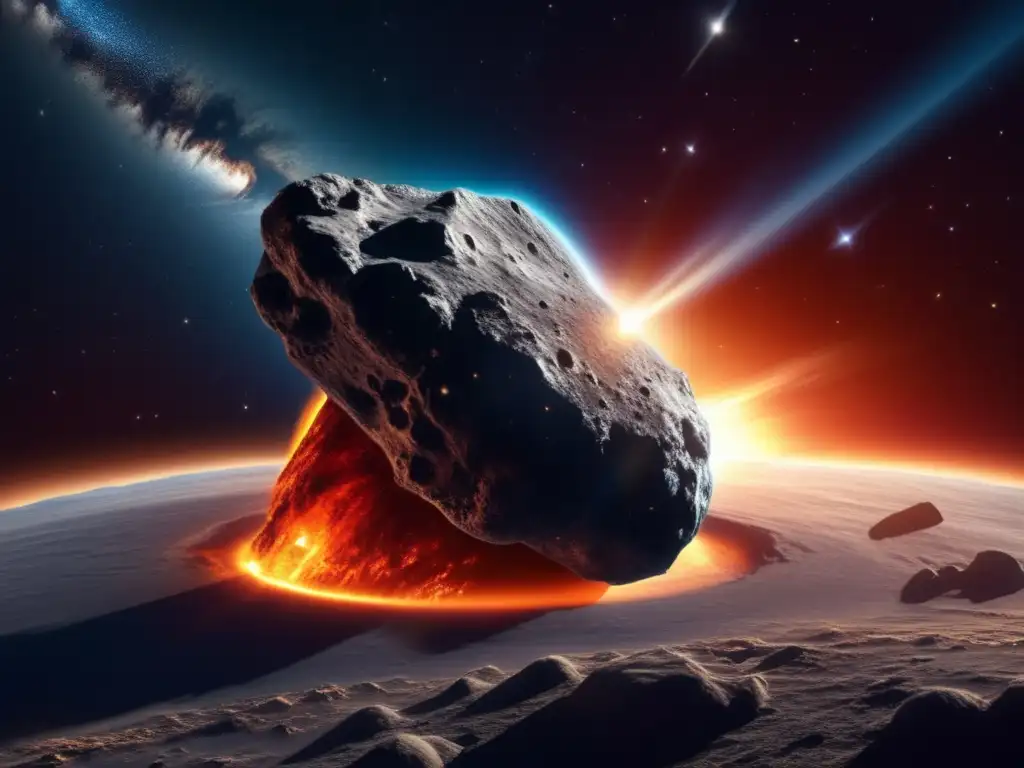
Discovery
Chiron was discovered in 1977 by astronomer Charles T. Kowal at the Palomar Observatory in California. At the time, Kowal was searching for a small planet beyond the orbit of Saturn, but instead found an object that appeared to be moving like a comet. However, it did not have the typical fuzzy coma and bright tail associated with comets.
Characteristics
Further observations revealed that Chiron is about 250 kilometers (155 miles) in diameter and has an elongated and irregular shape. Its orbit is highly eccentric, which means it can come very close to the Sun and go out beyond the orbit of Uranus. Chiron's orbit also crosses the orbits of Saturn, Uranus, and Neptune, making it the first known object with characteristics of both a comet and an asteroid.
Naming
Chiron was named after a centaur from Greek mythology who was half-man and half-horse. This is because Chiron's discovery was seen as a sort of hybrid object, just as the centaur was a hybrid creature. In astrology, Chiron is associated with healing and personal growth.
Chiron's Composition
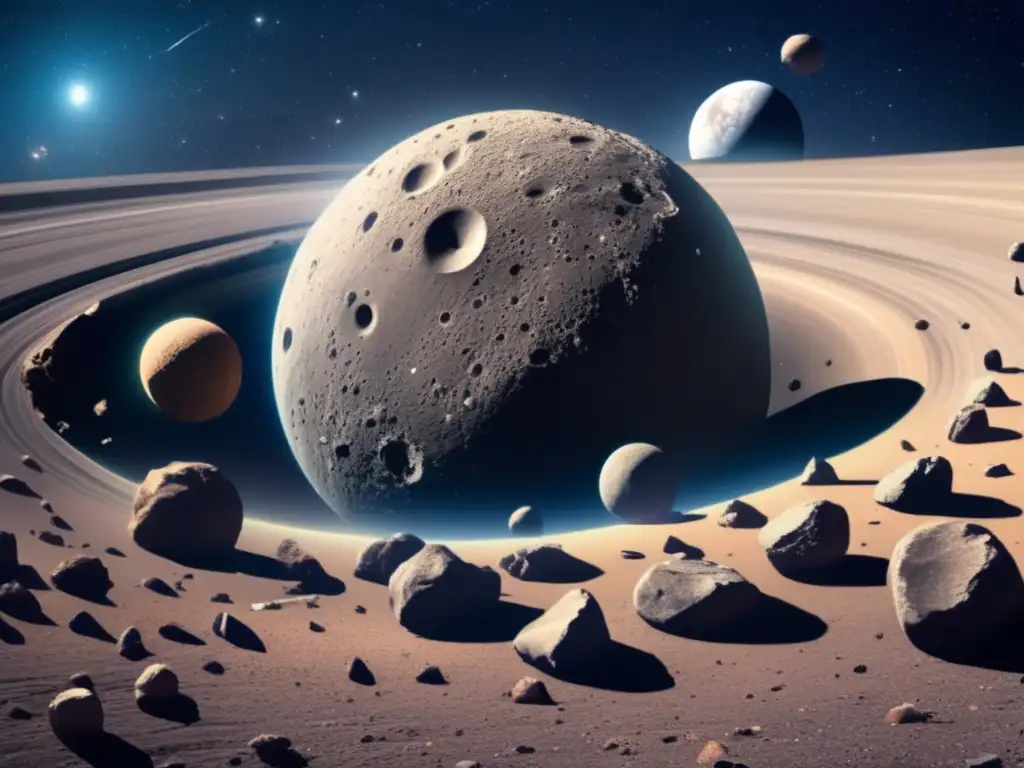
Icy Surface
Like comets, Chiron has a surface made up of ice, dust, and rocky material. When it gets close to the Sun, some of this material vaporizes, creating a temporary atmosphere called a coma. However, Chiron's coma is much fainter than that of most comets.
Mixed Composition
Chiron's composition suggests that it formed in the outer solar system and was later pushed inward. Its mixture of volatile ices and rocky material makes it similar to Kuiper Belt Objects (KBOs), another class of small bodies that orbit beyond Neptune. However, Chiron's orbit is unlike any other KBO, which further adds to its unique classification as a hybrid object.
Rings
In 1989, astronomers discovered that Chiron has two faint, narrow rings around it. The rings are likely made up of material ejected from Chiron due to impacts or other disturbances. These rings make Chiron even more unusual because they are typically associated with larger bodies, like the gas giants in our solar system.
Chiron's Exploration
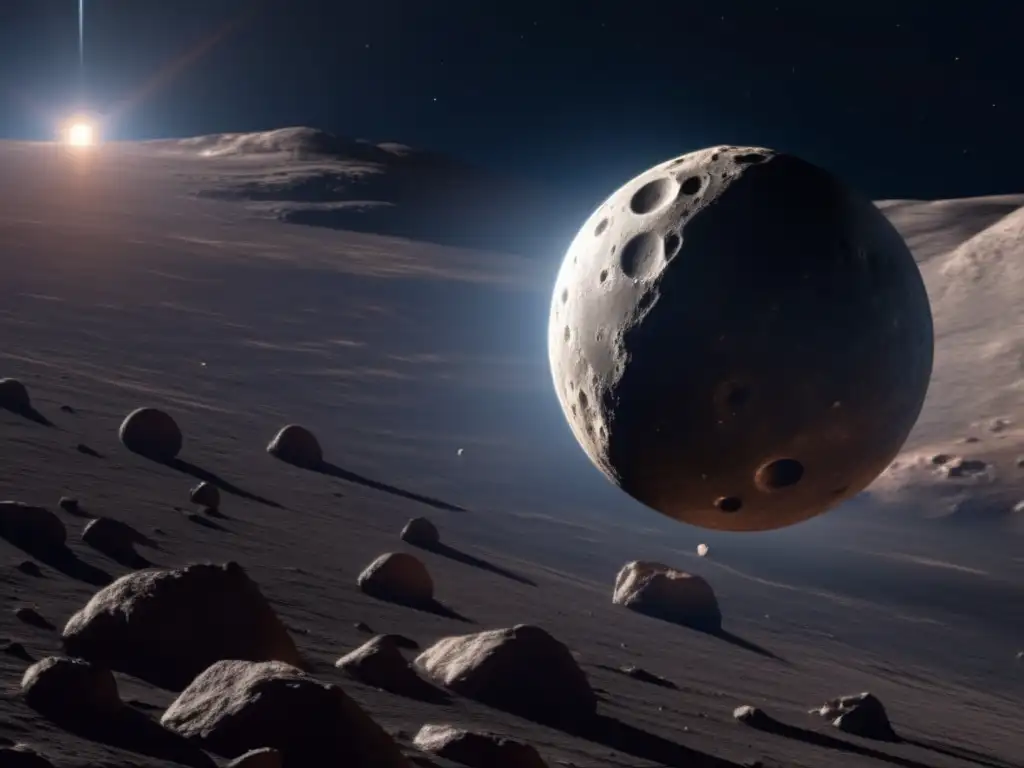
Closest Approach
Chiron's closest approach to Earth occurred in 1996 when it was about 1.3 billion kilometers (808 million miles) away. This allowed astronomers to study it in more detail than ever before using ground-based telescopes and space-based observatories like the Hubble Space Telescope.
Proposed Missions
Several missions have been proposed to study Chiron up close. In the 1990s, NASA considered a mission called Comet Rendezvous Asteroid Flyby (CRAF) that would have sent a spacecraft to Chiron as well as to a comet. However, the mission was eventually canceled due to budget constraints. More recently, a proposal called the Chiron Explorer Mission (CHEX) has been suggested to study Chiron's rings and surface in detail.
Possible Significance
Studying Chiron could provide valuable insights into the early solar system and the processes that led to the formation of small bodies like asteroids and comets. It could also shed light on the origins of water and other volatiles on Earth, which may have been delivered by objects like Chiron. Additionally, Chiron's unique composition and orbit make it an interesting target for further study.
Frequently Asked Questions

-
Is Chiron a comet or an asteroid?
Chiron is classified as both a comet and an asteroid because of its mixture of rocky and icy material as well as its elongated and eccentric orbit.
-
How was Chiron named?
Chiron was named after a centaur from Greek mythology who was seen as a hybrid creature, much like Chiron's hybrid characteristics as a comet-asteroid.
-
Could Chiron collide with Earth?
Chiron's orbit does not currently pose a threat of colliding with Earth.
-
Has Chiron been visited by a spacecraft?
No, Chiron has not yet been visited by a spacecraft.
-
What could we learn from studying Chiron?
Studying Chiron could provide valuable insights into the early solar system, the formation of small bodies like asteroids and comets, and the delivery of water and other volatiles to Earth.
Conclusion
Chiron is a fascinating object in our solar system that defies classification as either a comet or an asteroid. Its unique composition and orbit hold clues to the early history of the solar system and the formation of small bodies like asteroids and comets. Although it has not yet been visited by a spacecraft, proposals for future missions could shed more light on this hybrid object and its significance.
Thank you for reading about Chiron on Asteroid Realm. We encourage you to share your thoughts in the comments section and to subscribe to our website for more fascinating content about asteroids and other small bodies in our solar system.
Additional Resources
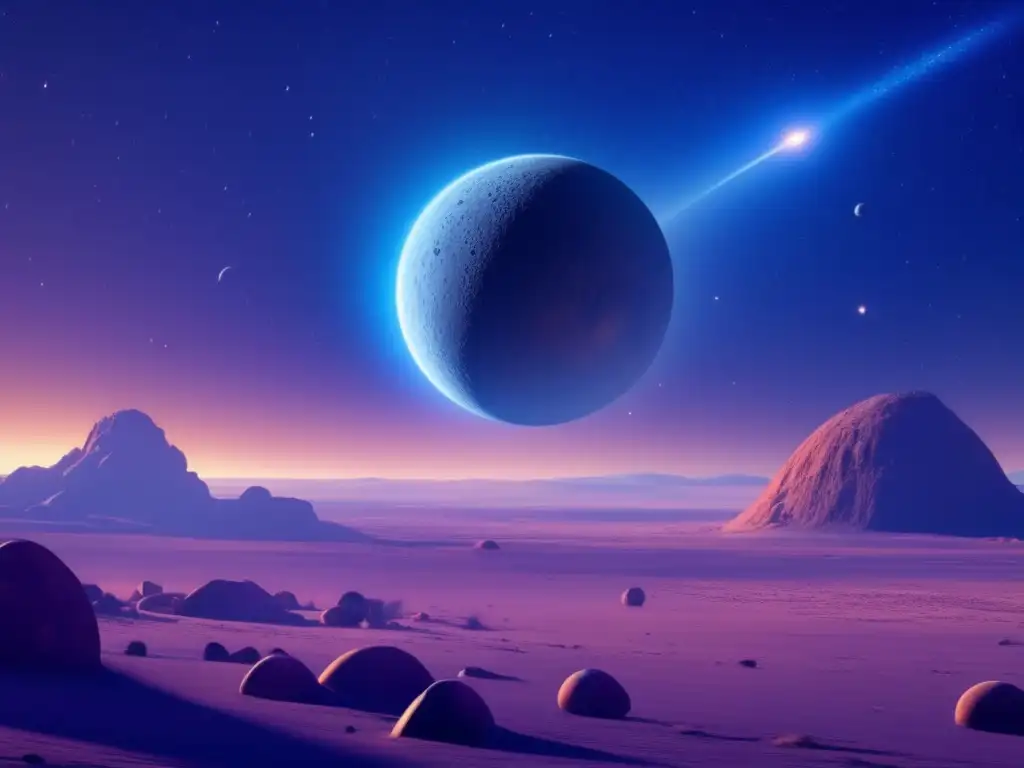
- NASA Solar System Exploration: Chiron In-Depth
- Space.com: Chiron, a Comet-Asteroid Hybrid, Is Solar System's Biggest Puzzle
- Sky & Telescope: Chiron: Comet, Asteroid, or Planetoid?
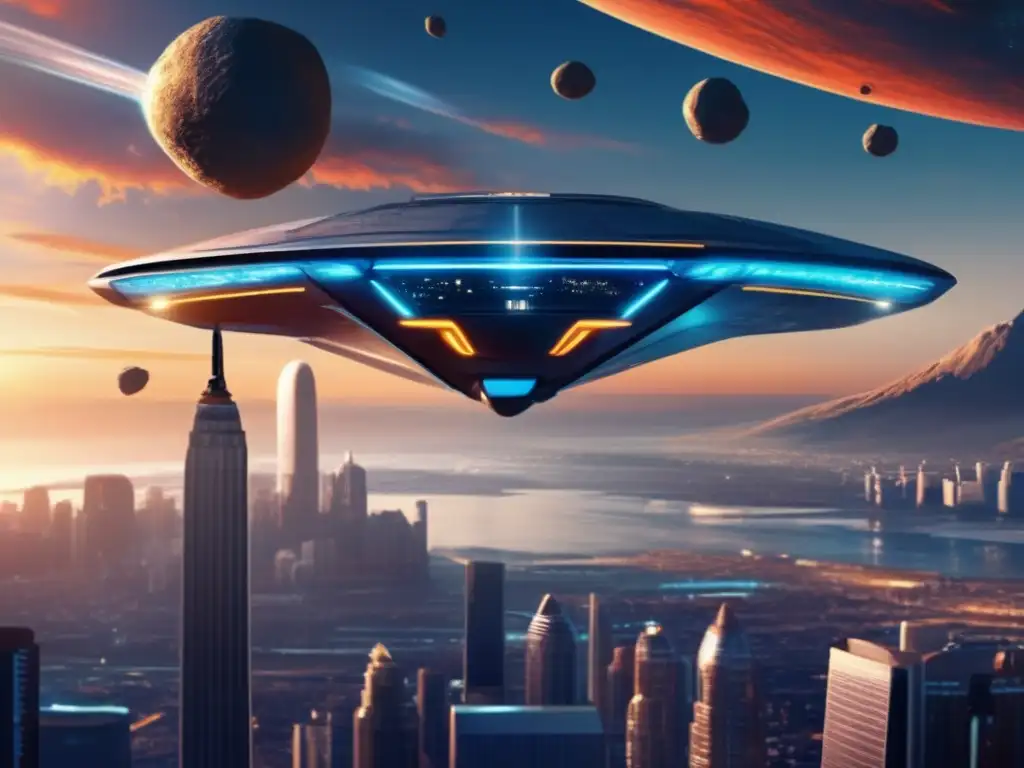 2008 TC3: The Asteroid That Rained Over Sudan
2008 TC3: The Asteroid That Rained Over Sudan Uncovering The First Asteroid: Ceres And Its Discoverer, Piazzi
Uncovering The First Asteroid: Ceres And Its Discoverer, Piazzi Vesta: The Brightest Asteroid And Olav Olmsted’s Discovery
Vesta: The Brightest Asteroid And Olav Olmsted’s DiscoveryIf you want to discover more articles similar to When Asteroids Become Comets: The Story Of Chiron, you can visit the Asteroid Discoveries category.
Leave a Reply

Articulos relacionados: